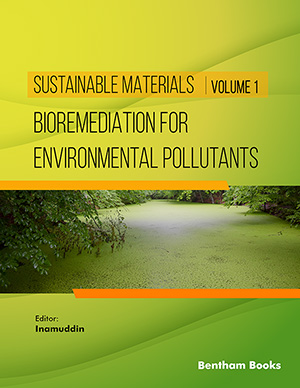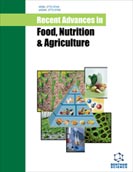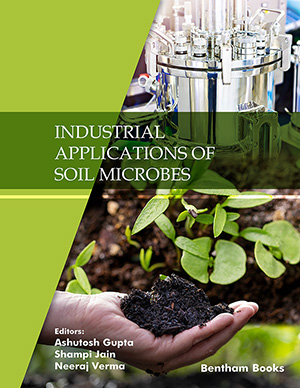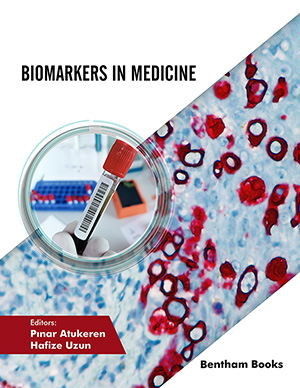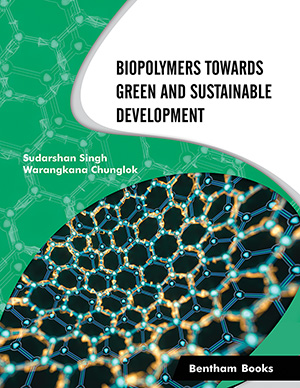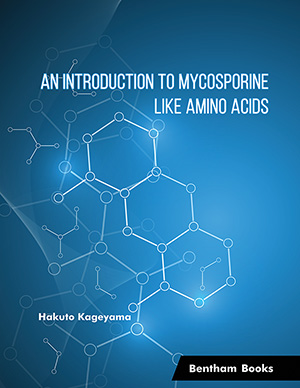Abstract
Chemical elements with an atomic mass unit ranging from 63.5 – 200.6
(relative atomic mass) and a relative density exceeding 5.0 are generally termed as
heavy metals. Since they are non-biodegradable inorganic contaminants, physical and
chemical methods of degradation are ineffective. Heavy metals cannot be degraded
easily due to their physical and chemical properties, such as the rate of oxidation &
reduction reactions, rate of solubility, formation of complexes with other metal ions,
etc. They are flexible, and easily accumulated in the environment. In the case of
bioaccumulation, they are highly lethal to the organisms. The process of removal of
toxic and hazardous material from the environment using plants and microorganisms is
termed bioremediation. The disposal of toxic contaminants using plants is termed
phytoremediation. Microbial bioremediation consists of the removal of toxic elements
with the application of microorganisms during which the toxic substance is converted
into either end products or nontoxic and non-hazardous forms or recovery of metals.
Keywords: Bioremediation, By-products, Hazardous, Heavy metals, Microbe.

